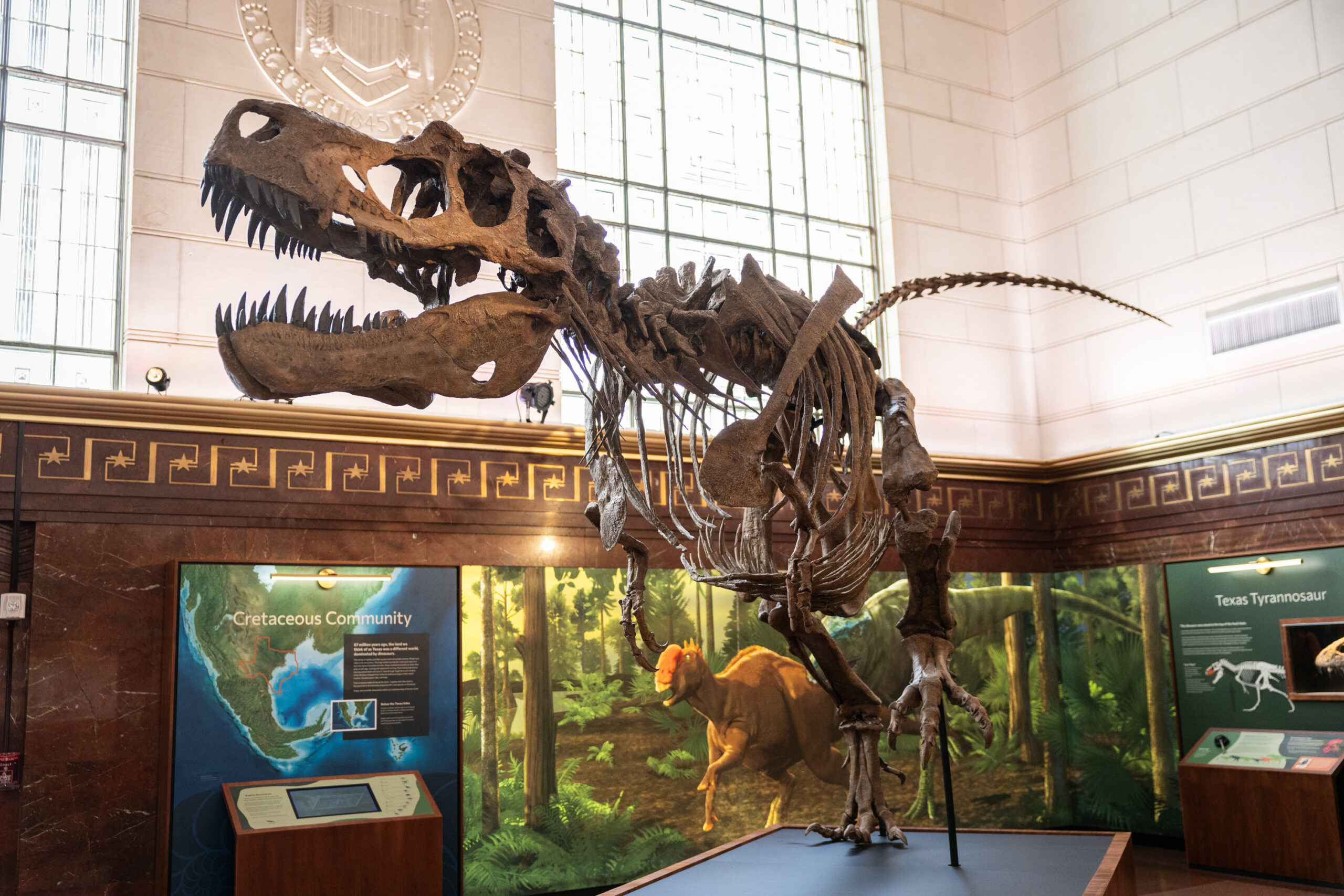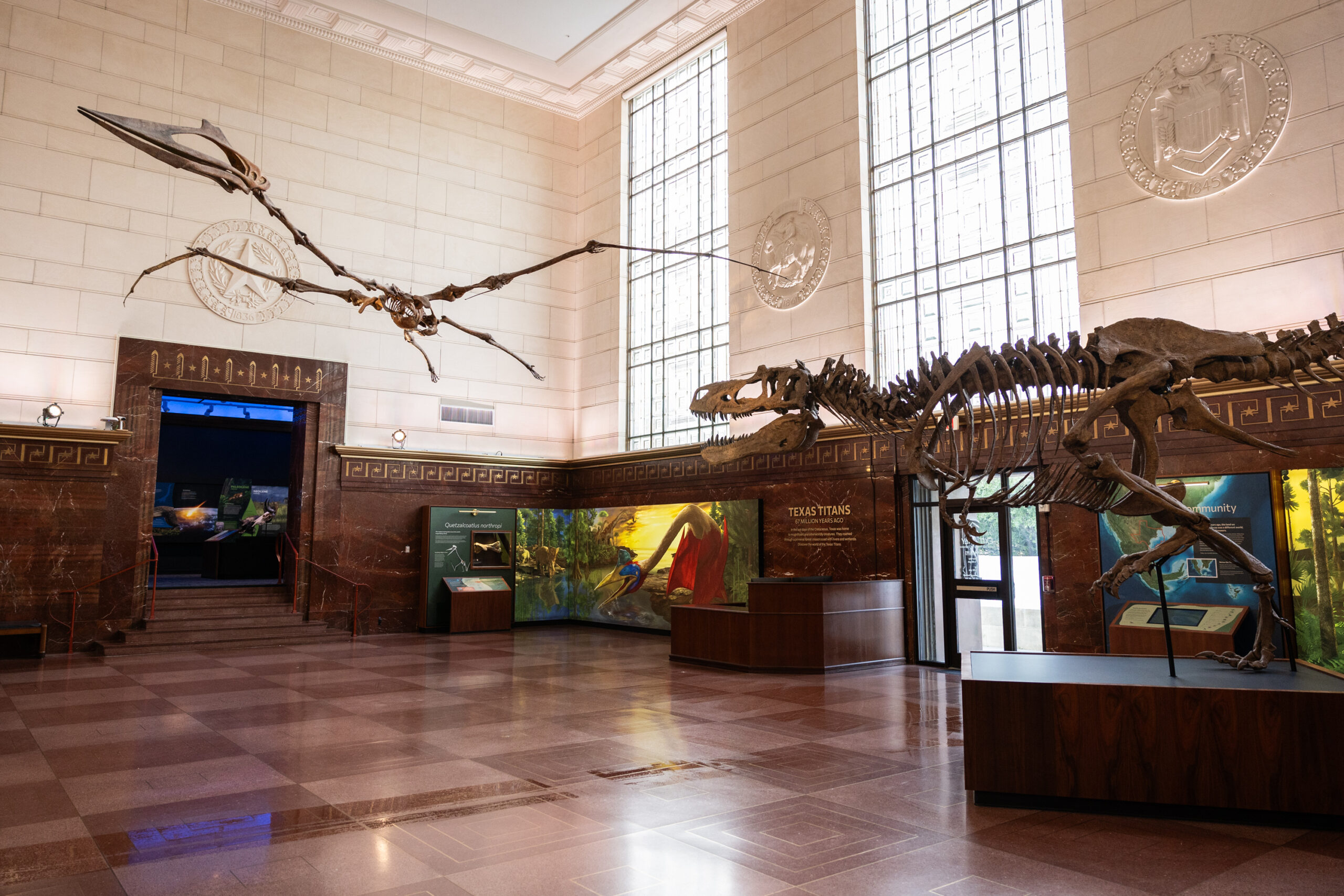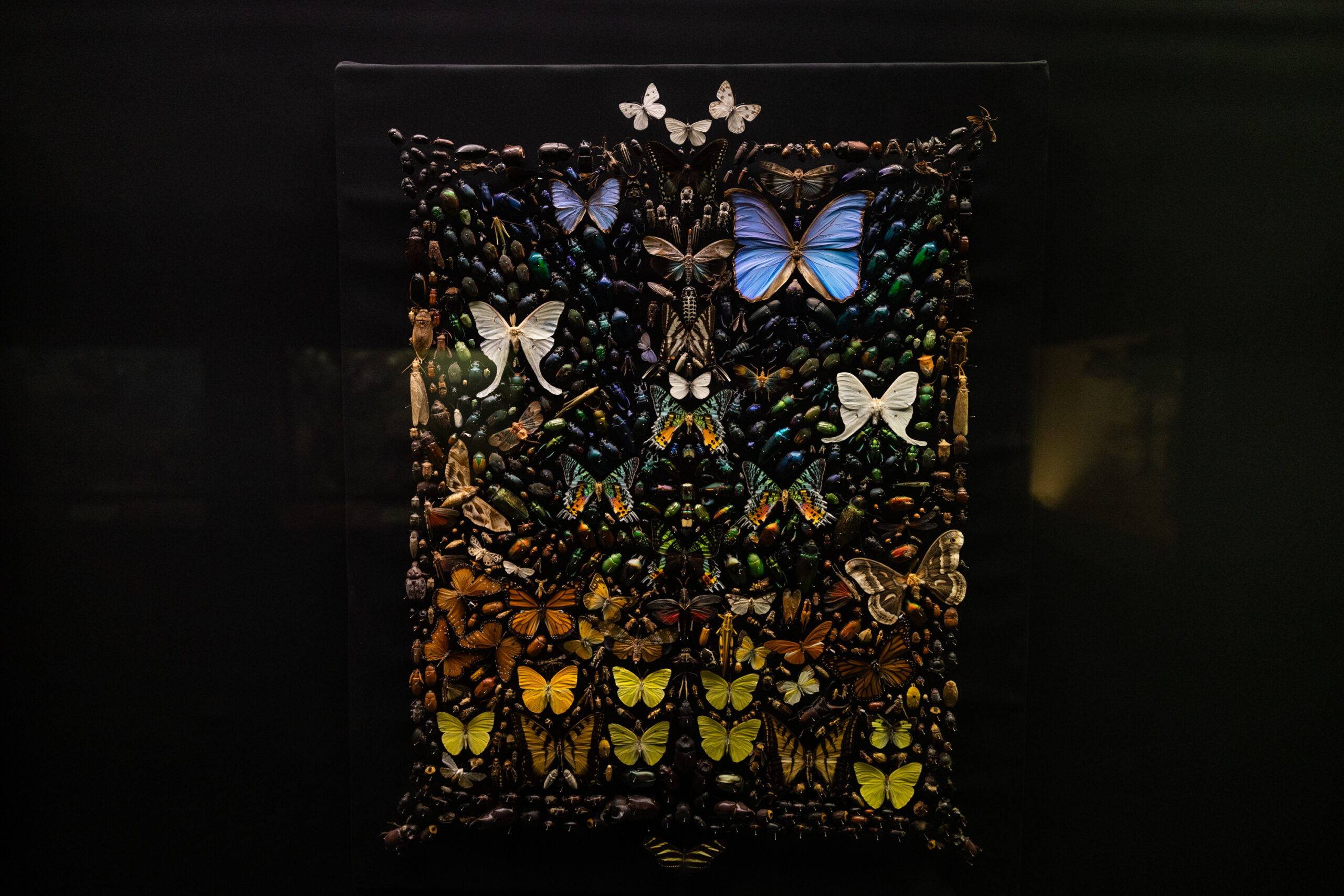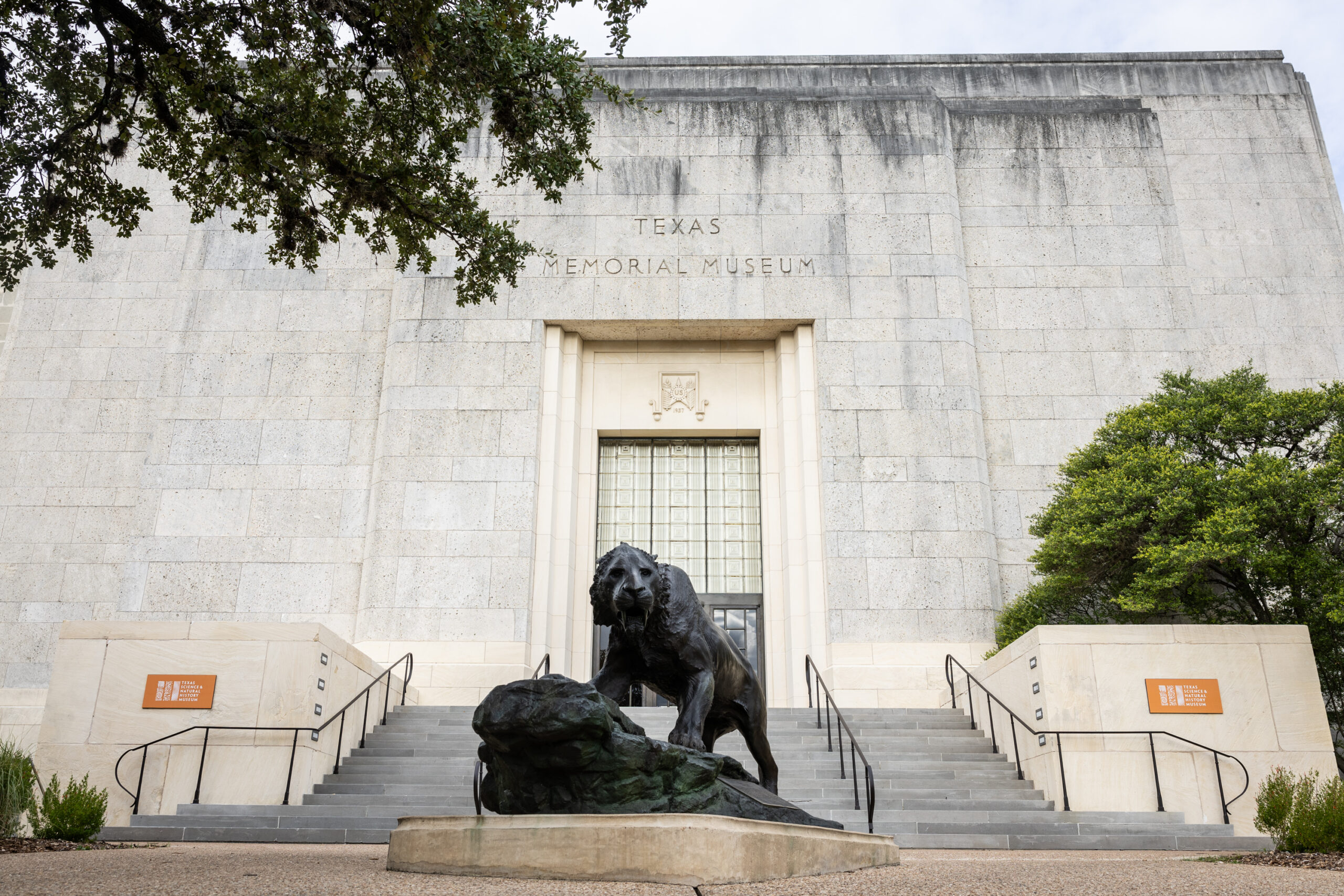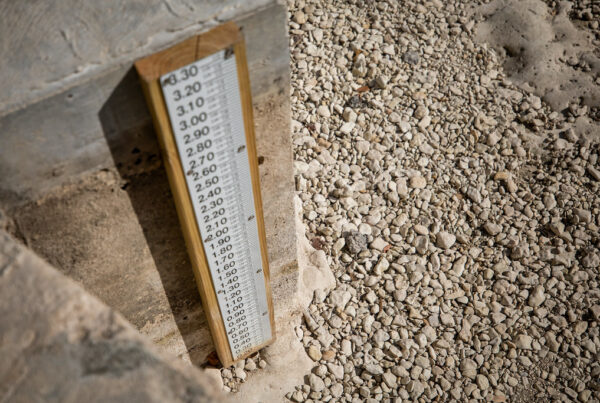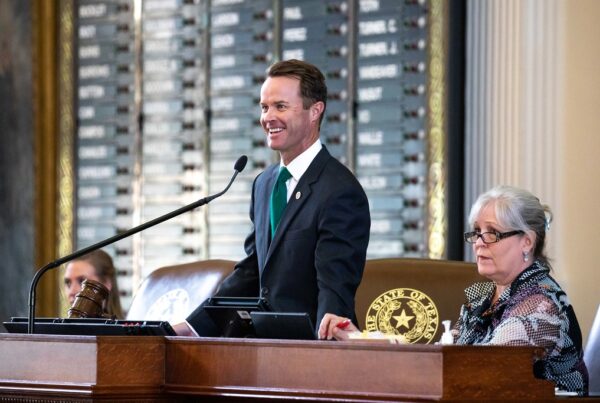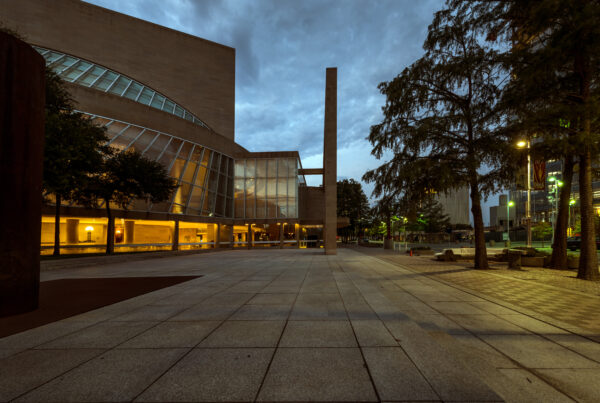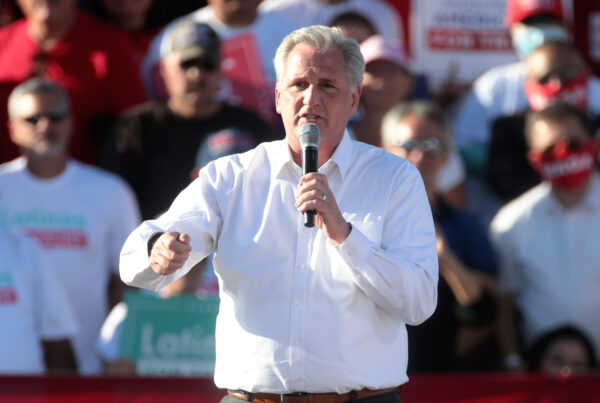Word of the Texas Memorial Museum’s closure last March came hard.
It had been known for some time that the museum – almost 90 years old and an overlooked jewel on the campus of the University of Texas – was struggling. Its closure suggested it might have gone the way of some of the dinosaurs long on display there.
However, the team behind the Texas Memorial Museum wasn’t ready to give up just yet.
This September, their dedication paid off. The historic institution reopened, complete with new exhibits and a new name.
Carolyn Conrrat is the managing director of the newly-designated Texas Science and Natural History Museum. She joined the Standard to tell us about the museum’s grand reopening.
This transcript has been lightly edited for clarity.
Texas Standard: Tell us a little bit about the Texas Memorial Museum’s history.
Carolyn Connerat: The building was built between 1936 and 1938 by the Texas Legislature to celebrate the Texas centennial – the 100 year anniversary of Texas independence. We actually officially opened in January of 1939.
The museum must’ve had a much more prominent role on campus for many years, but it had almost come under the shadows of parking garages and other structures on campus. You almost had to know about it. You wouldn’t have just spotted it walking down the street.
Well, you’re correct. The original architect, Paul Cret, who did other buildings on the UT-Austin campus, designed it with two additional wings on both sides of the current art deco building that we have.
At the time, the Legislature did not have the funds to do that. So, we ended up with just that one center building that we have today.
We’re about 38,000 square feet, which is pretty small for a museum. About 20,000 of that is our exhibit space. As I like to say, we’re small but mighty.
What’s changed? If you go back now, what does the museum look like?
We have all new exhibits on the great hall floor that we have put in.
I’m most excited about our new Tyrannosaur. We have a beautiful new 33-foot-long Tyrannosaur, which is from Big Bend, Texas, as well as the Quetzalcoatlus, the largest flying animal ever, with a 33-foot wingspan, is still in that great hall. Those are our Texas Titans, as we call them.
We’ve done a whole series of basic core work that needed to be done on this beautiful building – from painting, lighting and new flooring to really cleaning our limestone. We have this beautiful limestone building inside and outside, and we’ve cleaned all of that.
Our mission is to excite, engage and connect curious minds of all ages to the irreplaceable and unique natural history of Texas. We tell that story of life in the natural world from when the planets formed hundreds of millions of years ago through the age of the dinosaurs, through our current time. We’ll also be featuring the advanced research that’s happening here at the university that will make a difference of life in the natural world.


